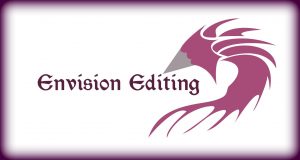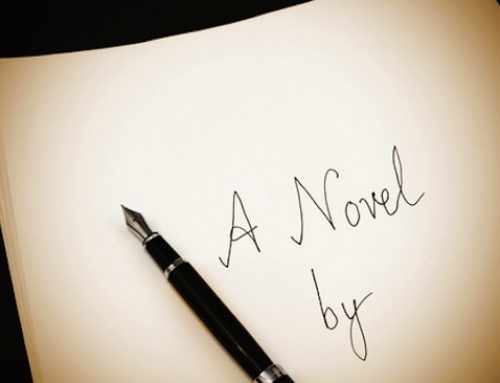Don’t you hate it when you read an amazing first book of a series only to finish the second book and think, “Uh, what did I just read?” It’s like opening a fresh bag of chips only to find it half-full, even though we know to expect it these days. We expect more from our books, especially ones where the predecessor was awe-inspiring. Reading a “filler” book is even worse than finding a half-empty bag of chips. Time and expectations are dashed to pieces, never to be recovered. So, as a writer, how can you avoid the dreaded second-book blues?
Trilogies are a dime a dozen these days. Everyone is writing one or planning one. Finding a good standalone novel is a treat. But pulling off a successful series where every book is a great story in and of itself can be difficult, especially if you are writing a trilogy just to sell a trilogy. So, what can you do to hook your readers and keep them coming back for more, trilogy or not?
If you’re like me and need to plan in advance, make an outline, even if it’s just a very rough one. That may sound counter-intuitive to the more artistic mindset of muse-inspired work. But we’re not talking specific details here. Simply milestones or major turning points, either in the plot or a character’s growth. This way, you have a big picture of how far your story can go. Then, determining where one book ends and another begins allows for each book to have a more defined feel rather than just filling a gap.
If you are not a planner and prefer to let the story lead you, don’t box yourself in by announcing a trilogy. What if your main character’s journey only requires a duology? Or you realize there may be depths to explore that require more than three books? Some readers may actually choose not to pick up a book if they know in advance that it is the start of a series. Since you are choosing to follow where the story leads, allow your readers to do the same.
For the planners, once you have your story markers, filling in the plot details and developing the main characters make up the bulk of a book. Enough of the plot must move forward to assure the reader that “things are happening.” Again, make sure you reach all the major milestones you had planned for this book. You can even do this in tandem with character development. Instead of having the narrator spew pages of internal monologue, show them in conversation or even in everyday activity to reveal choices and words that reflect that character’s personality. Let the readers shape the characters in their own minds’ eye.
In my favorite genre, fantasy and science fiction, worldbuilding is another major part of a satisfying book. The second book in a series is a chance to enhance the details of the world you created. The first book should have revealed enough to entice the reader and allow you to tell your story. Book two is more opportunity to explore that world and find the unique and obscure. Take advantage of it.
Now that you have your second book filled out, make sure to round it out with an alluring hint of what is to come in the next book, or at least the possibilities. No need to give away the farm, but try not to mislead your readers either. They tend to get testy once they realize they’ve been duped, making for a tough sell of future books. Above all, remember to be true to the story you want to tell. It was your inspiration to write in the first place.





Leave A Comment